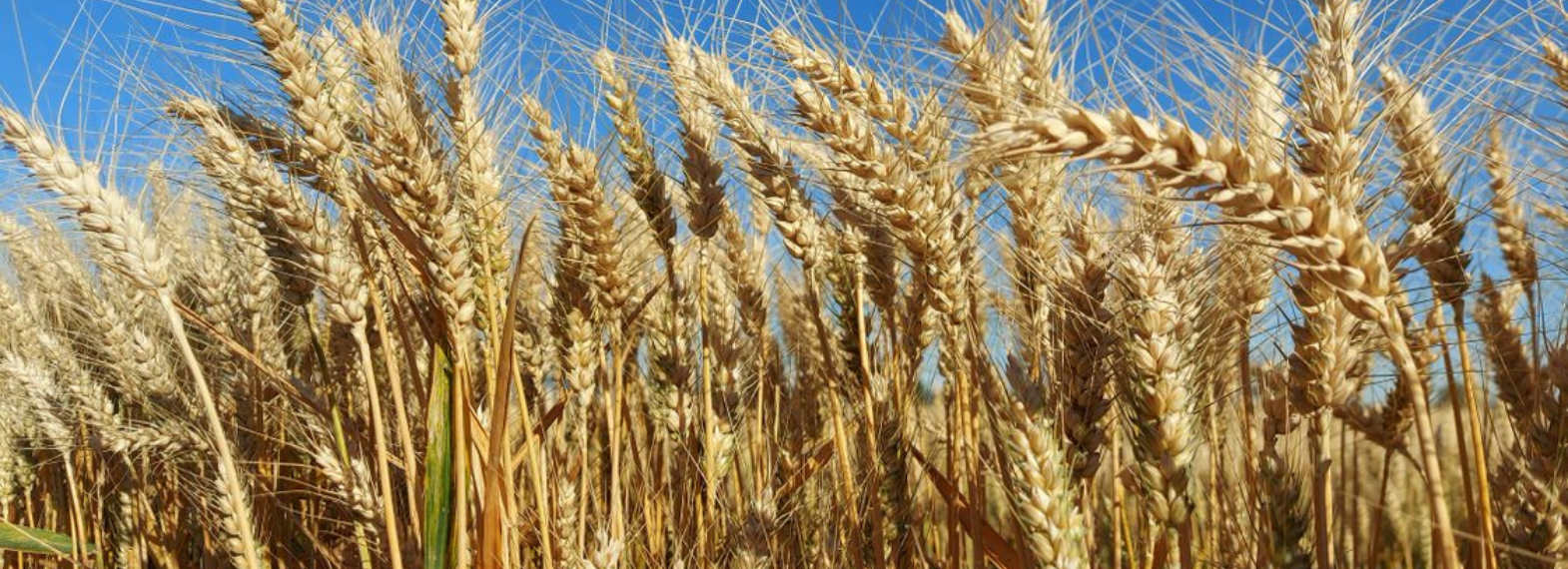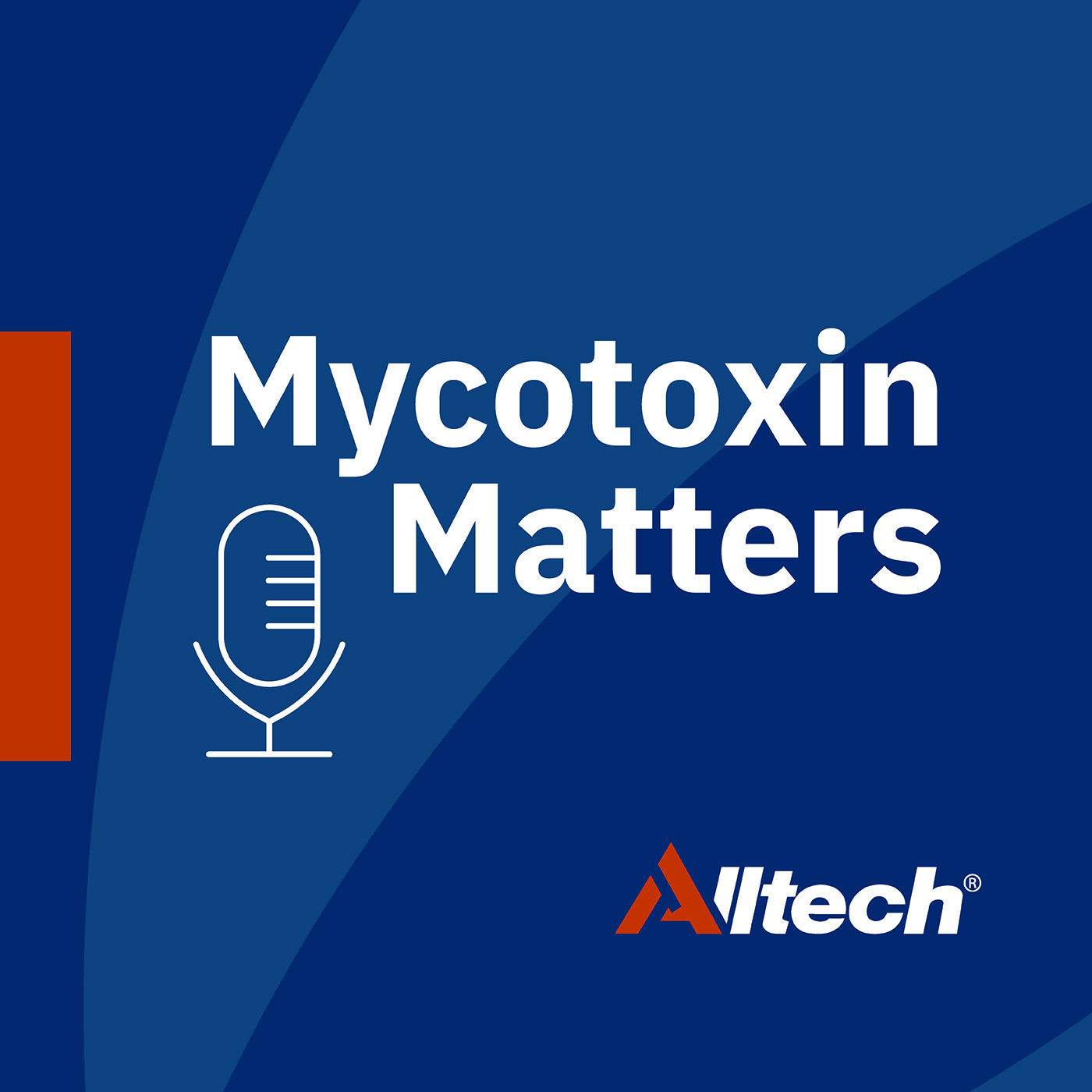Keep ahead of the threat
Stay up to date with the latest mycotoxin information by signing up to our newsletter

Instability and the Green Deal: What does it mean for European crop producers?
Author: Martin Minchin, Global Marketing Manager, Alltech Mycotoxin Management
Click below to listen to the Mycotoxin Matters podcast episode with Nicolas Body and Ciarán Black, hosted by Nick Adams. You can also hear the full audio or listen to the episode on Spotify or Apple Podcasts.
It’s been just over 12 months since we first wrote about the EU Green Deal, which is the EU’s action plan to reach net-zero emissions by 2050, and how the bloc’s “Farm to Fork” strategy could lead to potentially unintended consequences for the mycotoxin risk in feed ingredients grown across the continent. Fast forward 12 months and the conflict in Ukraine has dramatically shifted how governments and policymakers across the EU are thinking about the Green Deal and the potential need to revisit some of the environmental reforms contained in this wide-ranging sustainable strategy.
The Farm to Fork strategy, a key component of the European Green Deal, is designed to make food systems fairer, healthier and more environmentally friendly. The strategy aims to accelerate the transition to a food system that should:
- have a neutral or positive environmental impact.
- help mitigate climate change and adapt to its impacts.
- reverse the loss of biodiversity.
- ensure food security, nutrition and public health, making sure that everyone has access to sufficient, safe, nutritious and sustainable food.
- preserve the affordability of food while generating fairer economic returns, fostering the competitiveness of the EU supply sector and promoting fair trade.
Several key transition principles focus on significantly reducing the dependency on pesticides and fertilisers and increasing the area available for organic agriculture. By 2030, farmers would be expected to use 50% fewer pesticides and 20% fewer fertilisers. These highly ambitious targets have led to some commentators highlighting the impact that these changing practices could have on the presence of mycotoxins in crops grown across Europe. At a time when climate change is set to make conditions more favorable for the proliferation of mycotoxins, the number of pre-harvest management strategies that help decrease the mycotoxin risk will be reduced or removed altogether from the farmer’s toolbox.
The conflict in Ukraine and implications for the Green Deal
Within days, there was a concerted push against the planned Farm to Fork reforms from governments, farmers and the wider agricultural industry. The conflict in Ukraine has led to significant disruptions related to fertilizer supplies and grain exports from the region, prompting widespread concerns about the risk of food shortages. French president Emmanuel Macron said the sustainable food strategy was “based on a pre-Ukraine-war world” and called for a review, citing the fact that the EU’s sustainability plans would lead to a 13% drop in food production and further exacerbate the crisis arising from the conflict.
Wednesday, March 23, was set to be the date when the European Commission would make the rules related to restoring nature and sustainable pesticide usage binding. However, two days before that ratification meeting, EU agriculture commissioner Janusz Wojciechowski said that the EU would not discuss pesticides, meaning that the proposal’s publication would be pushed back. Additionally, EU food safety commissioner Stella Kyriakides noted that the Ukraine crisis did not leave room for the ‘’political space’’ for a proper discussion on sustainable pesticide use right now, although she did reiterate that the bloc must shift in this direction. Along with the delay in implementing pesticide targets, farmers have been given exemptions to permit the planting of land that was otherwise supposed to remain fallow, encouraging environmental recovery between growing cycles. Some countries are also subsidising the planting of grain crops to increase production and to help alleviate the shortfall from diminished Ukrainian and Russian exports.
Does this mean the end of Farm to Fork?
Although the EU is reacting to immediate challenges and softening its stance on some aspects of the Farm to Fork targets, Janusz Wojciechowski maintains that this is still the best long-term strategy. “Intensification is not the solution for the future,’’ he added. This point of view is supported by both scientists and environmental groups, who are urging Europe to not allow this immediate crisis to delay a transition to greener agriculture. A large group of scientists and food sector groups have come together to highlight how abandoning sustainable farming would be counterproductive and would actually make Europe less resilient to future shocks and are calling in particular for a move toward the growth of crops that are less reliant on fertilisers produced with Russian gas.
What’s in store for the coming growing season?
Farmers may not have to adhere to Farm to Fork targets when formulating pesticide and fertiliser application plans for the coming season — but does that mean the shackles are off and we will be back to production at all costs? Probably not. Due to both the price and the availability of pesticides and fertilisers for the coming growing season, it would not be unreasonable to expect an overall reduction in the level of inputs that are applied to crops. A large amount of the potash and nitrogen used in crop production originates in the Black Sea region, which is currently heavily disrupted by conflict. Outside of Europe, what happens in China will also have reverberations around the world. The government there has placed export bans on fertilisers to ensure a sufficient domestic supply, while COVID-19 and lingering supply chain issues are hampering the chemical industry, with a subsequent additional effect on the price and availability of pesticides used in agriculture.
From a mycotoxin perspective, any reductions in fertiliser usage may lead to issues with both soil health and plant health, creating extra plant stressors and more opportunities for mold and mycotoxin development. Equally, any supply issues with pesticides or reduced applications due to producers cutting costs may create challenges related to insect damage and/or make it more difficult to control fungal pathogens on crops, thereby increasing the risk of the presence of molds and mycotoxins in new crop grains.
When stability returns
Right now, there are not many commentators willing to predict when we may see a stabilisation of the supply and pricing challenges in crop inputs, with both the conflict in Ukraine and COVID-19 set to continue to dominate in the short term. Even in the long term, there is little certainly as to what the new normal may look like. For European agriculture, it would be very surprising if the EU were to totally abandon the objectives and targets set out in the Farm to Fork strategy. As a result, although 2022 will see some relaxations of the rules surrounding pesticide and fertiliser usage, long term, it is likely that this policy will dramatically impact how farmers in this region produce their crops.








